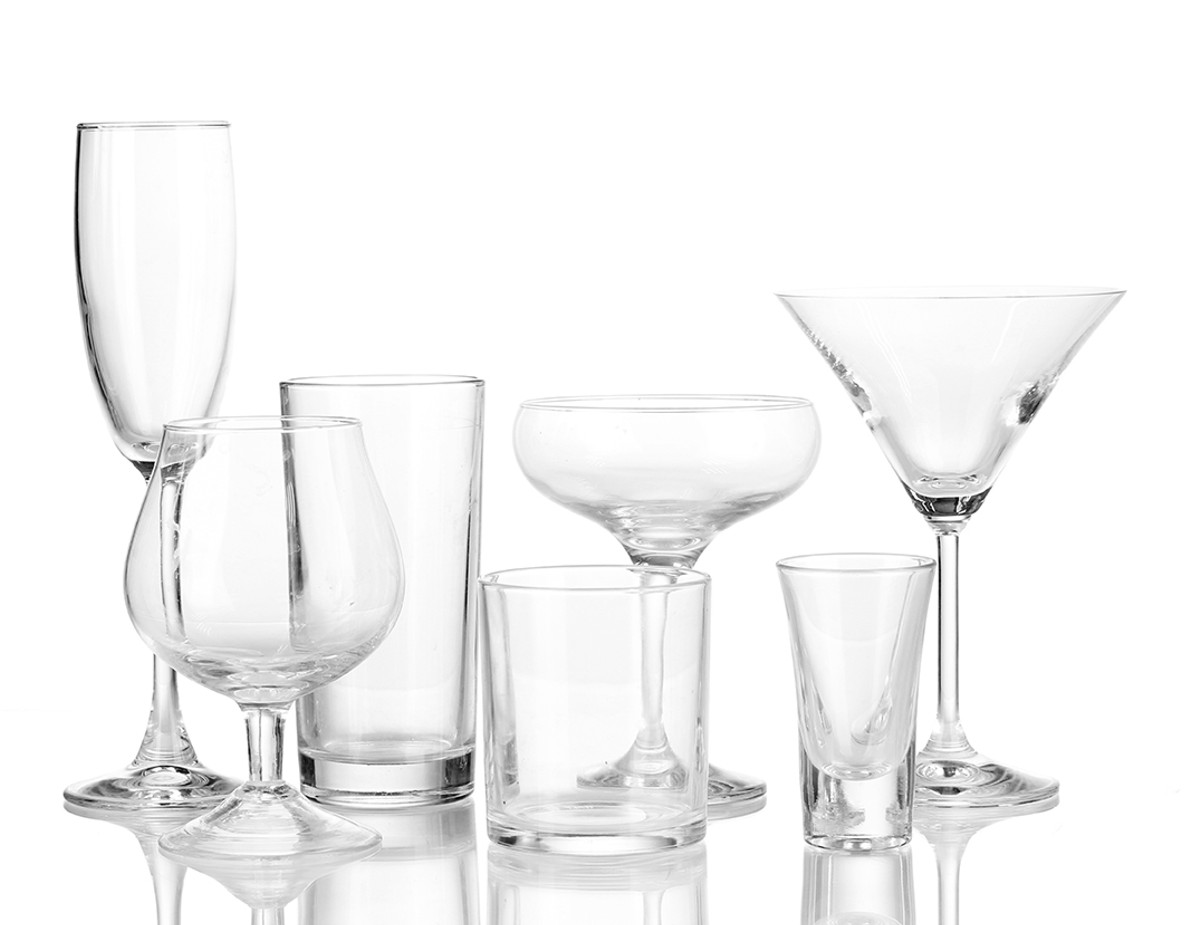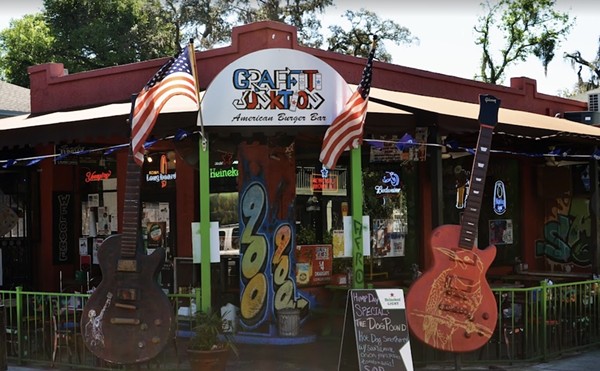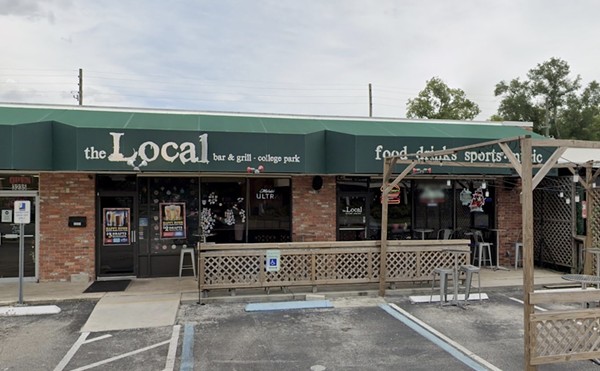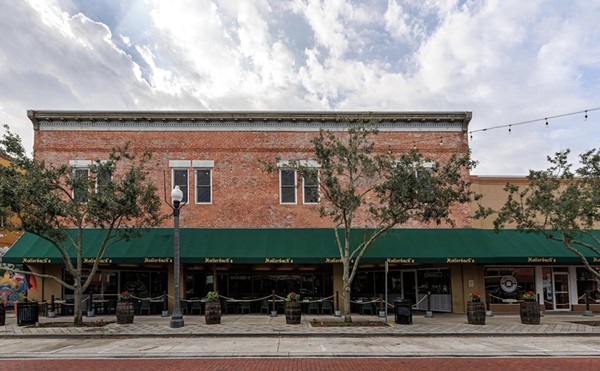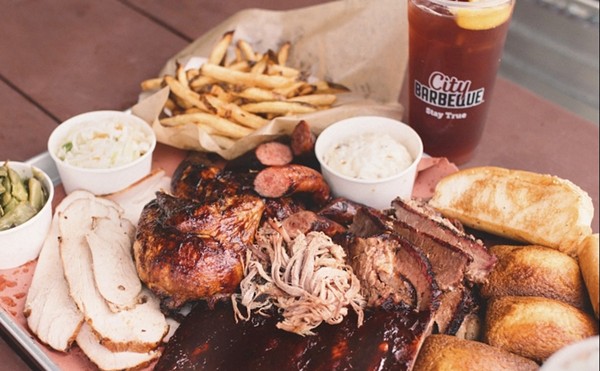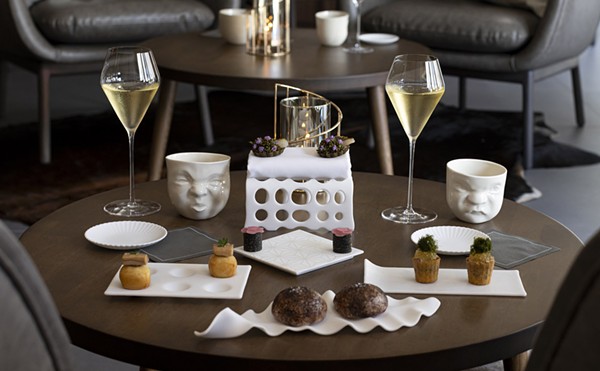Ever wonder why your martini is served in that V-shaped glass, or why we drink champagne out of tall, narrow flutes? It's not completely random; there is a logic behind the bartender's choice of receptacle. However, like a lot of so-called rules, you should feel free to break them. (The rules, that is, not the glasses.)
wineglass: Holding the glass by the stem prevents you from warming up the wine with your hot little hands. On the other hand, the warmer the wine, the more pronounced the aroma, so feel free to disregard this one and serve wine in (the recently trendy) stemless glasses if you prefer.
champagne flute: The long stem keeps the wine cold; the narrow width keeps the bubbles, well, bubbly by reducing the amount of surface area where they can burst.
martini glass: The classic V-shape that launched a million first-time martini orders. Again, the stem keeps the drink cold, while the wide surface area allows you to enjoy the aroma. If it holds more than 6 ounces, it's the glassware equivalent of a douchebag and you're in a tacky bar, drinking something headache-inducing, but hey, it's your life.
champagne saucer or coupe: At one time these were popular for champagne, but now we like to keep champagne cold and bubbly (see flute, above). Coupes are now often used for cocktails that don't require ice, as a sort of alterna-martini glass. This is the most spill-prone glass of all, so don't make any big gestures with your drink hand!
old-fashioned glass/rocks glass: This squat tumbler accommodates nice large chunks of ice and is often used for drinks built in the glass (as opposed to a shaker). It has a wide opening that allows the perfume to rise from your cocktail and tickle your nostrils.
highball glass/collins glass: A tall, narrow tumbler, this one also accommodates ice, but usually of the smaller cube or even crushed type. Its narrower opening conserves the bubbles in fizzes and mojitos. (There is a slight difference between a highball glass and a collins glass – a collins is narrower and taller – but it's pretty picky and kind of a non-starter.)
pilsner glass: It's a tall skinny V-shape balanced on a round "foot," and it's used for light beers, showing off the color and clarity and preserving a tall foamy head.
weissbier glass: Similar in height to the pilsner glass, the weissbier glass curves in and out about two-thirds of the way down, like a top-heavy hourglass. The taper at the bottom originated to trap any loose-floating yeast.
goblet/chalice/snifter: The short-stemmed, straight-sided bowl of a goblet or chalice has enough surface area to allow enjoyment of the aroma of a heavy ale or bock, and holds well less than a pint to compensate for those beers' high ABV. A snifter (more of a tulip shape, with an opening narrower than the belly of the glass) allows you to swirl a fragrant IPA or wheat wine without spilling it, and the smaller opening concentrates the aromatics. Sip, don't chug.

